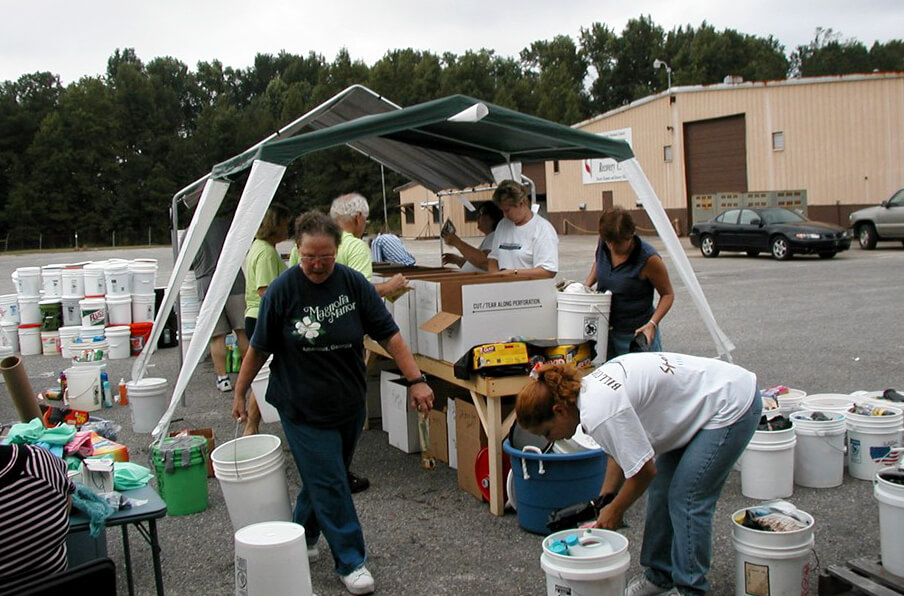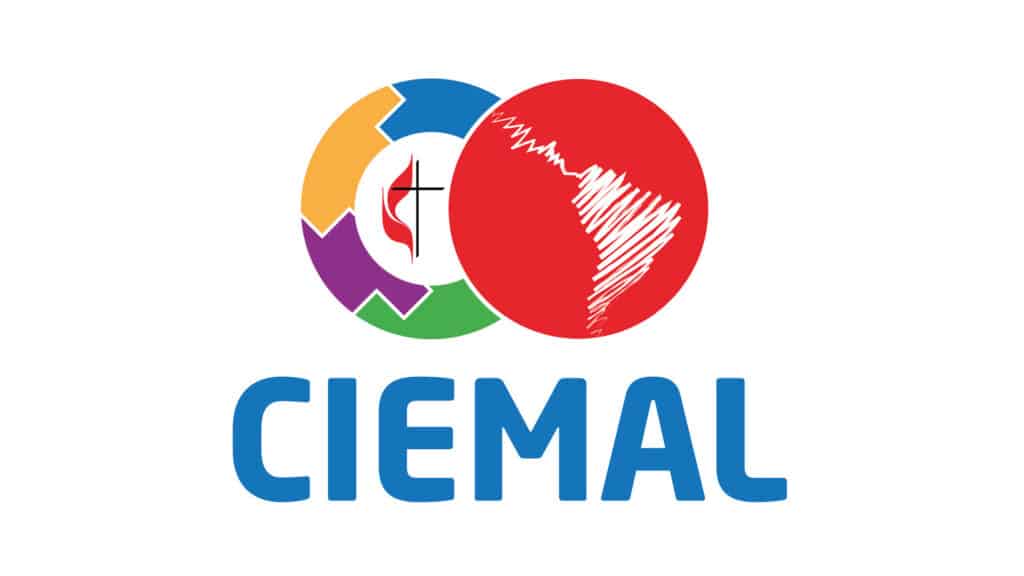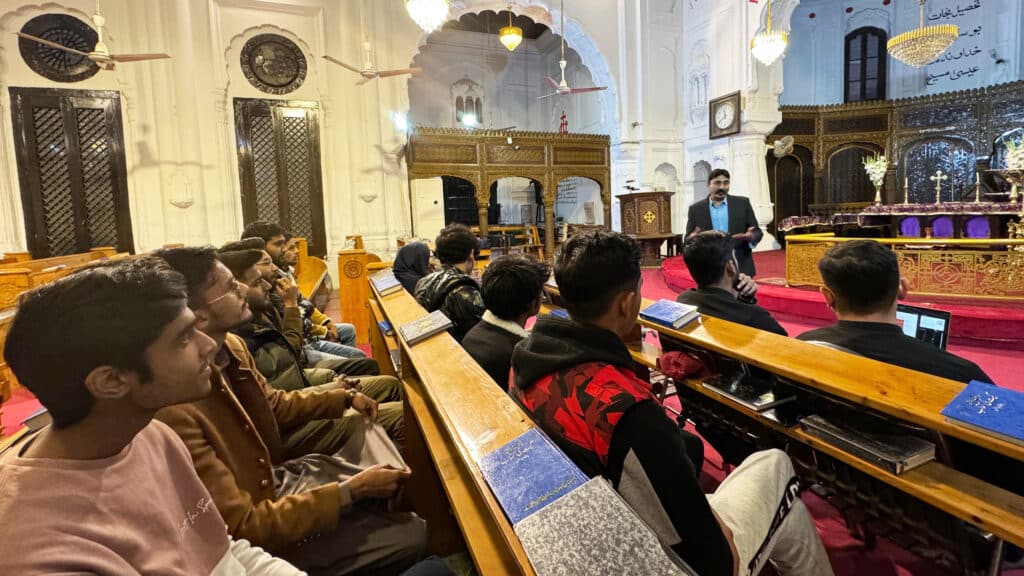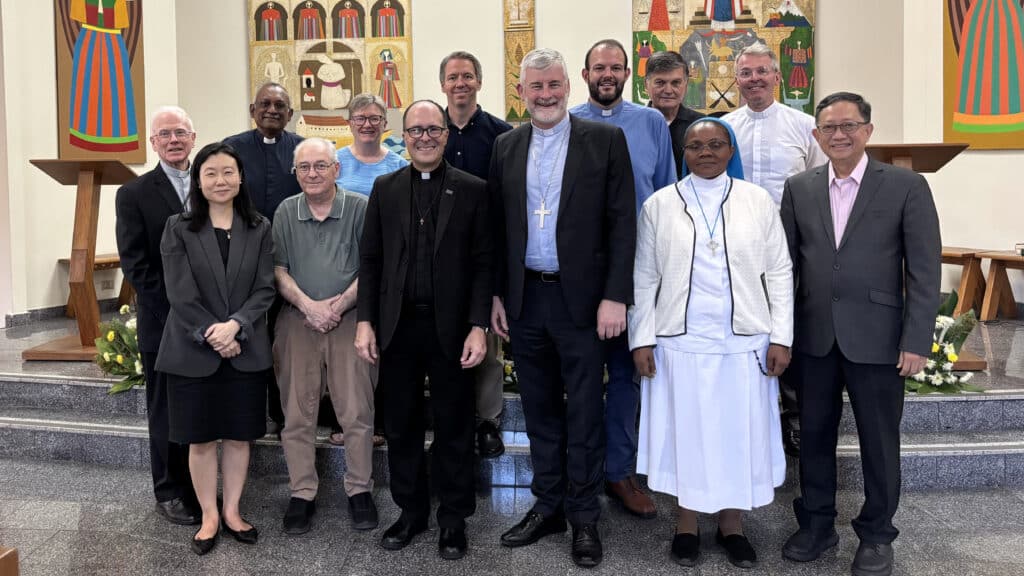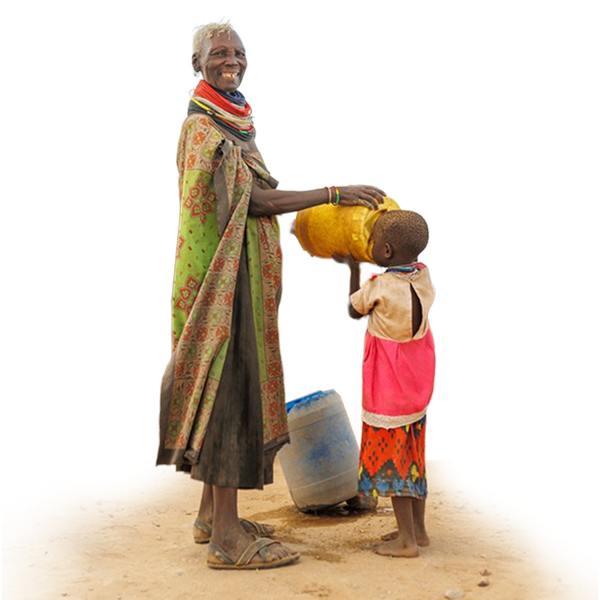What’s the most likely catalyst for people to prepare for the next big storm? Generally, it’s the last big storm they’ve experienced. UMCOR helps conference disaster response coordinators consider ways to motivate communities to prepare for disasters before they happen.
By Christie R. House
August 10, 2021 | ATLANTA
The Florida Annual Conference has seen more than its fair share of devastating disasters. Before the 2004 quartet of hurricanes – Charley, Frances, Ivan and Jean – Florida United Methodists had often partnered with the United Methodist Committee on Relief (UMCOR), as they did for Hurricane Andrew in 1992. Through Tropical Storm Fay, fires and floods, and major responses to hurricanes Hermione and Matthew (2016) and Irma and Maria (2017), Florida Methodists regularly meet the challenges of disaster response and recovery. Total UMCOR relief and recovery funds granted to the Florida Conference since 2004 amount to $16.5 million, with $9 million alone for Hurricane Irma, which included a disaster case management program to partner with survivors as they navigated the challenges they faced.
But then something remarkable happened in 2019 and 2020: nothing.
The Florida Conference has enjoyed an extended period of blue skies. Though some storms rolled through, major storms missed most of the peninsula. But despite fervent prayers, crossed fingers and wood-knocking, United Methodists in Florida know the next big storm will eventually come, and they want to be ready. They don’t want to forget all they have learned about disaster response ministry over the last 18 years.
In 2020, UMCOR and the Florida Conference Disaster Response office partnered to conduct a “Blue Skies Preparation” project – a chance to train, envision and practice for the next disaster, no matter where it strikes in the conference.
“We needed a group to go out to do a kind of ‘windshield assessment’ of an area to determine if we need to involve early response teams (ERT) and what we can do to support the community and our congregations,” said Trish Warren, Florida’s United Methodist Conference Disaster Response Coordinator (CDRC). For 18 months Warren, Angela Overstreet (UMCOR’s training manager) and a small group of conference members with various roles, both clergy and laity, met together virtually to form a Disaster Response Front Team (DRFT).
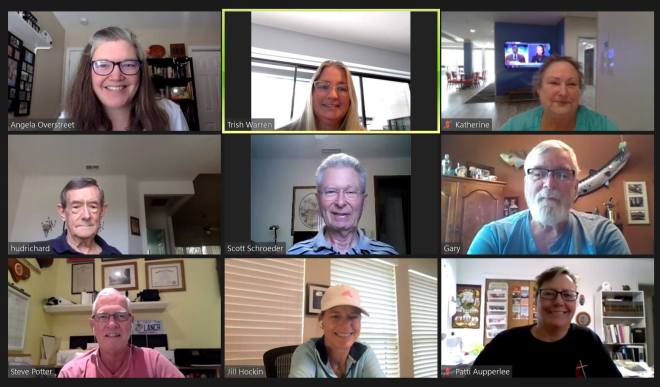
Identifying and filling in the gaps
Lara Martin, director of United States Disaster Response for UMCOR, believes that significant investments in the Florida Conference, through training and capacity building, will yield great results.
“Preparedness and readiness work is underway and may well change the way we approach disaster response,” Martin remarked. “We can’t see the results immediately, but the Florida Annual Conference has established this team to further support their certified ERTs. Trish Warren headed the effort and Bishop Ken Carter is supportive. Every district superintendent is onboard. This commitment to disaster ministry is always wonderful to see.”
UMCOR’s early response team members know better than to get in the way of professional (emergency management, police and fire) and volunteer emergency responders. But once rescue operations wind down, United Methodist early response teams are ready to move in, but they have better results if they have a viable, comprehensive plan that is integrated with other agencies working in the same areas.
UMCOR acknowledges that all disasters are local, and the local community owns the response efforts. Front team members enter disaster areas as the first eyes and ears in that community to support local efforts.
“When a conference, district, local church and community are impacted by disaster, the situation can be overwhelming,” Overstreet said. “A disaster ‘front’ team can quickly assess the needs on the ground. They are not there to take over, but to further support those affected by the disaster.”
The Florida Conference has a disaster response coordinator in every district. In fact, there are multiple coordinators in many districts. Warren says this model emphasizes local contexts and acknowledges the many bridges in the state. If a storm impacts a major bridge, one coordinator may be restricted to one side and one on the other. Either may become isolated from the affected area, but not both.
Once the front team reports back to Warren, she can deploy district ERTs as needed, looking at the assets they have and their locations. Part of the DRFT training encourages asset mapping, so a CDRC understands the available resources and personnel at any given time. Along with this mapping, supplies like flood buckets and generators can be prepositioned in churches and on conference properties, accessible to multiple regions.
Experience encourages readiness
While the Florida Conference is the first to pilot a blue sky project, other conferences have also developed networks that improve their readiness. Several have had to coordinate responses for multiple disasters over multiple years.
“We know we’re vulnerable,” said Ann Huffman, CDRC for the North Carolina Conference. “With that in mind, our Disaster Response Committee has at least two representatives from each of our eight districts, along with other people who are involved in disaster readiness and response.”
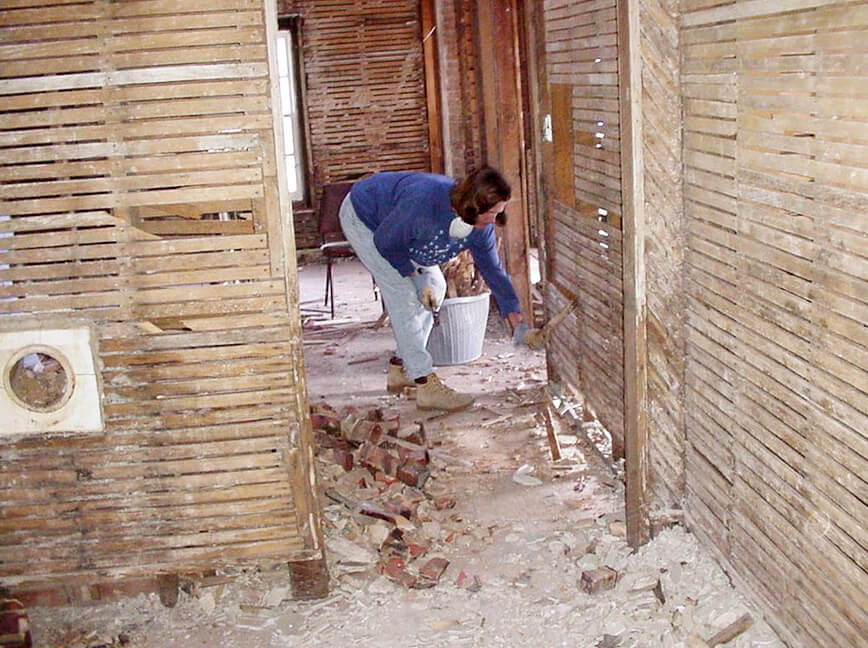
After Hurricane Florence, the North Carolina Conference received a $6.4 million UMCOR grant to establish 15 response centers for disaster case management and construction in the state’s affected areas and an additional $1.2 million for storms that followed Florence. While most of that work has concluded, Huffman, who is also an UMCOR-trained trainer, keeps in touch with her teams.
“We are putting a lot of emphasis on training team leaders and district disaster coordinators about their roles when disasters strike,” she confirmed. “We are trying to keep them apprised of what they need to know and the resources we have for them. We are promoting early response. Those are the things we are doing right now, as we get ready for the next storm.”
Likewise, the Alabama-West Florida (AWF) Conference CDRC, Chris Ackerman, said recent experience with Hurricane Michael paved the way for a better response to hurricanes Sally and Zeta last year.
“We were ready for Sally and Zeta even before the storms hit,” he confirmed. “Hurricane Michael was a different story for us because it had been such a long time since we’d had a disaster – some flooding in 2012, and before that, Hurricane Ivan in 2004. But because we were in a recovery with Hurricane Michael, we were better prepared.”
Alabama-West Florida received a little over $6.4 million in total to respond to the three hurricanes. Since Michael in 2018, the conference has responded to six disasters to date.
“I have challenged all AWF district coordinators to invite their ERTs to at least one training every quarter,” Ackerman continued. “That can be an ERT training, advanced ERT training, first aid…whatever. That keeps everybody active and also develops community. Building relationships builds confidence and helps the response.”
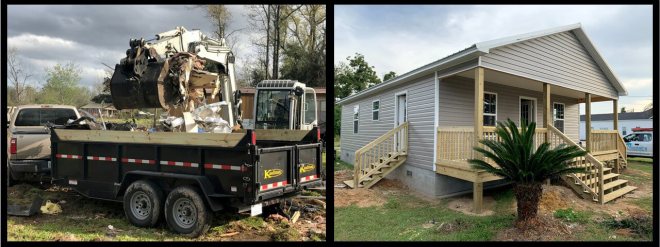
PHOTOS: AWF HURRICANE MICHAEL RECOVERY
The role of local churches
Disaster response happens at all levels of the community, and it is important for congregations to understand their role in disaster ministry. Churches with or without ERTs can become feeding centers or distribution points for supplies, or host volunteers, depending on their assets.
UMCOR plans to relaunch its Connecting Neighbors curriculum in September, updated with lessons learned during the COVID-19 pandemic. It is designed to help local churches, families and communities in their disaster preparedness and planning. Though it has been available for several years, the pandemic and increased emphasis on the interconnected nature of communities across the country encouraged the U.S. Disaster Response team to revisit the curriculum content.
Huffman affirmed the roll-out. “If I had one wish in the world it would be that every church has a disaster plan. The ones who seem most interested are the ones who needed it last year.”
For more information, contact UMCOR at umcor_office@umcmission.org. Support UMCOR with a gift to UMCOR U.S. Disaster Response and Recovery, Advance # 901670.
Christie R. House is a consultant writer and editor with Global Ministries and UMCOR.
